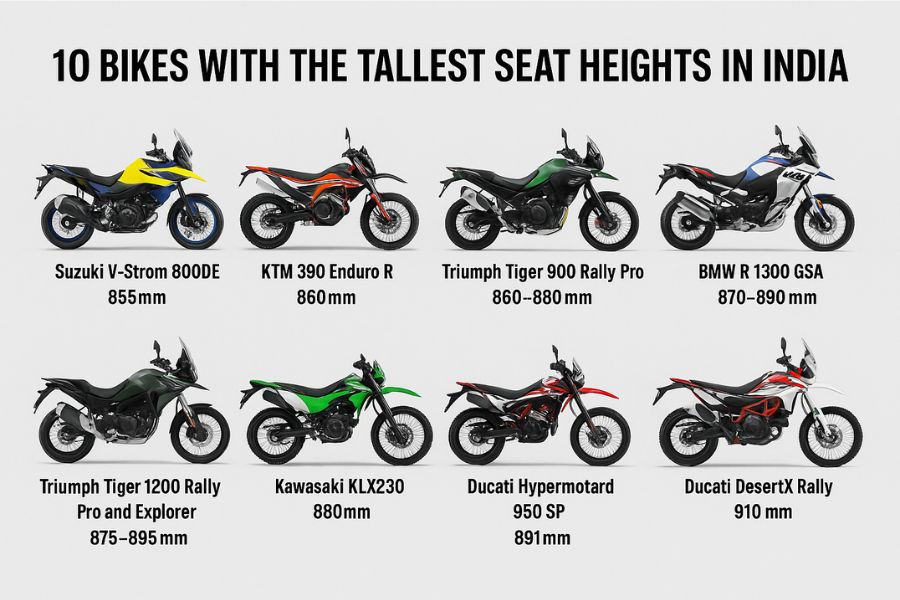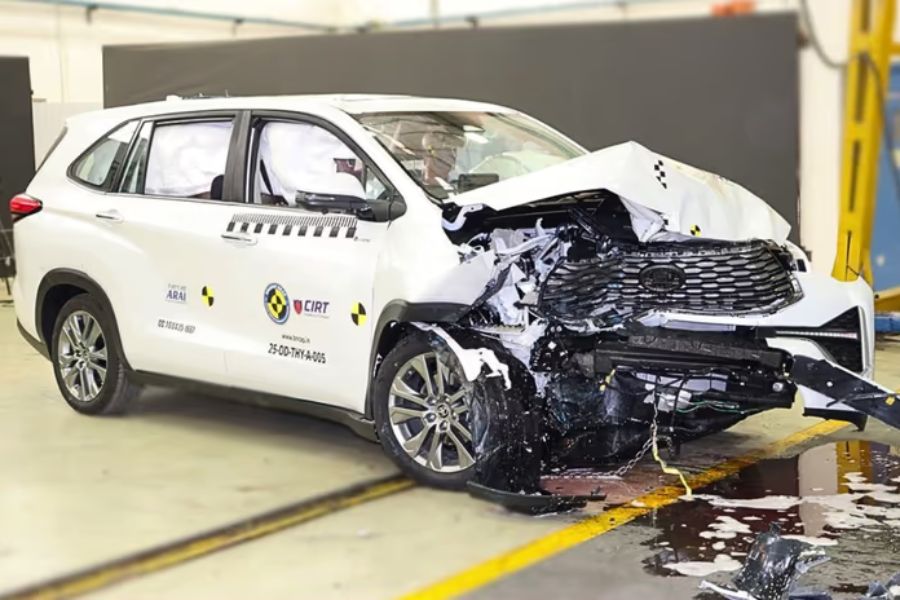In the ever-evolving landscape of luxury electric SUVs, the competition is fierce, with the Mercedes EQE SUV, Audi Q8 e-tron, BMW iX, and Jaguar I-Pace vying for supremacy. This comparison reveals the distinct characteristics, strengths, and weaknesses of each contender in terms of design, interior comfort, features, range, performance, and more.
Exterior Design
- Mercedes EQE SUV: Aiming for aerodynamic efficiency, the EQE boasts a drag coefficient of 0.25. While lacking the grandiosity of traditional Mercedes models, it exudes a unique, smooth aesthetic with flush lights, a faux grille, and door handles.
- Audi Q8 e-tron: Larger than it appears, the Q8 e-tron follows a conventional two-box SUV design. While lacking the avant-garde styling of some competitors, it retains the familiar Audi SUV look.
- BMW iX: Unconventional and polarizing, the iX stands out with radical details, including a sizable vertical faux grille. Its design, while turning heads, may not appeal to everyone.
- Jaguar I-Pace: Breaking from SUV norms, the I-Pace adopts a high-riding fastback form, showcasing Jaguar’s distinctive design language. Despite being the oldest, it maintains a unique and timeless appearance.
Interior Comfort
- Mercedes EQE SUV: Boasting a spacious and airy cabin, the EQE provides a high seating position. However, the backseat may be less comfortable due to a short squab and upright backrest.
- Audi Q8 e-tron: The back seat is spacious with a suitable height and recline angle. However, the central AC console may impact comfort for a third passenger.
- BMW iX: Surprisingly comfortable, the iX features a flat rear bench with soft, thick cushioning. The design maximizes space, with thoughtful details such as speakers in the headrests.
- Jaguar I-Pace: Sporting a sporty, low-slung feel, the I-Pace’s back seat offers good legroom but compromises on headroom. It excels in driving pleasure but may not be the ideal choice for chauffeur-driven experiences.
Interior Features and Technology
- Mercedes EQE SUV: The Hyperscreen infotainment system delivers a wow factor, creating a tech-heavy ambiance. The all-encompassing ambient lighting and quality materials contribute to a luxurious feel.
- Audi Q8 e-tron: The Audi MMI, though logically laid out, lacks the flash seen in some competitors. Familiar elements include dual touchscreens and a Virtual Cockpit, but the system is starting to show its age.
- BMW iX: Featuring a minimalist, futuristic design, the iX’s interior impresses with crystalline switchgear, a floating infotainment system, and a unique hexagonal steering ‘wheel.’ The i-Drive system, however, has become less user-friendly.
- Jaguar I-Pace: While not as flashy, the I-Pace offers physical buttons for ease of use. The Pivi Pro infotainment system, though on a smaller screen, provides comprehensive battery, range, and charging data.
Range and Efficiency
- Mercedes EQE SUV: Leads in range with 480km, showcasing efficiency with 5.3km/kWh. The Hyperscreen and overall performance contribute to its appeal for long-distance driving.
- Audi Q8 e-tron: Despite its larger battery, the Q8 e-tron trails in efficiency at 4.03km/kWh. The range of 460km and a less distinct drive mode impact its overall standing.
- BMW iX: With a smaller battery, the iX returns 356km on a full charge, indicating room for improvement. Its efficiency at 4.6km/kWh places it in the middle of the pack.
- Jaguar I-Pace: Achieves a range of 410km with an efficiency of 4.5km/kWh. While not leading in range, the I-Pace’s enjoyable driving experience compensates for the slightly lower efficiency.
Performance and Driving Experience
- Mercedes EQE SUV: With 408hp and 858Nm of torque, the EQE accelerates to 100kph in 4.8sec. Its power delivery is described as an on/off switch, requiring modulation in traffic.
- Audi Q8 e-tron: A practical all-rounder, the Q8 e-tron offers a sedate driving experience with 408hp. It lacks the excitement of competitors but excels in delivering a likeable overall experience.
- BMW iX: Trails in power with 326hp but compensates with a well-balanced driving experience. Its acceleration, though not the quickest, is more manageable in everyday driving.
- Jaguar I-Pace: The most enjoyable to drive, the I-Pace combines progressive and powerful performance. Its driving pleasure, akin to internal combustion engines, sets it apart in this category.
Ride and Handling
- Mercedes EQE SUV: Soft suspension provides a comfortable ride, emulating S-Class-like softness at low speeds. However, it may feel too soft at higher speeds, affecting stability.
- Audi Q8 e-tron: Exhibits tidy handling and competent performance, but the steering lacks sharpness and feels lifeless. The suspension effectively masks the vehicle’s weight.
- BMW iX: Balances low-speed absorption and high-speed stability well, delivering the best ride quality. Without optional air suspension, it maintains substantial ground clearance.
- Jaguar I-Pace: Fun-to-drive nature extends to handling, offering fluid steering and excellent body control. Its sporty characteristics shine through, although the suspension may feel too stiff at low speeds.
Price and Verdict
- Mercedes EQE SUV: Priced at Rs 1.39 crore, the EQE excels in range, performance, and refinement. However, its higher cost and slightly compromised back-seat comfort impact its overall appeal.
- Audi Q8 e-tron: Positioned as a practical all-rounder, the Q8 e-tron offers a likeable but not exhilarating experience. Its shortcomings lie in the lack of drama expected in this price range.
- BMW iX: Priced at Rs 1.21 crore, the iX presents a striking design, comfortable seats, and a well-thought-out interior. While trailing in range, its city-focused use may appeal to luxury EV owners.
- Jaguar I-Pace: Stands out for driving pleasure and attention-grabbing design. However, its optional features and slightly compromised practicality may affect its broad appeal.
In conclusion, each luxury EV SUV presents a unique proposition, catering to specific preferences and priorities. The choice ultimately depends on individual preferences, whether it be range, driving pleasure, technology, or overall value for money.
Read More:




